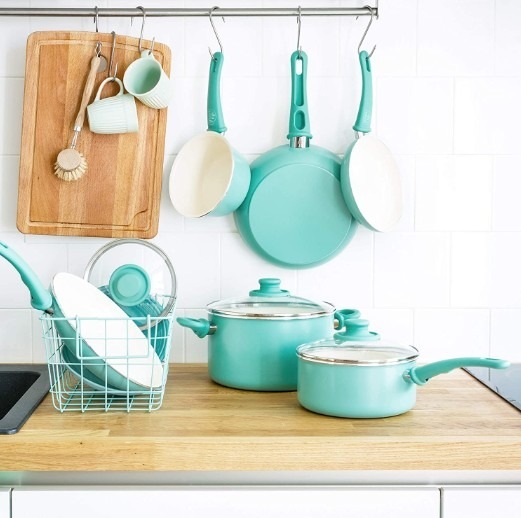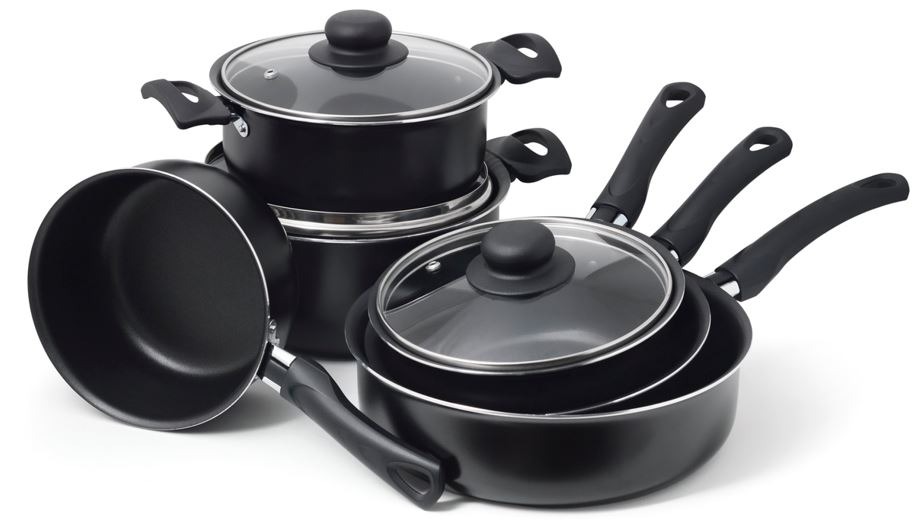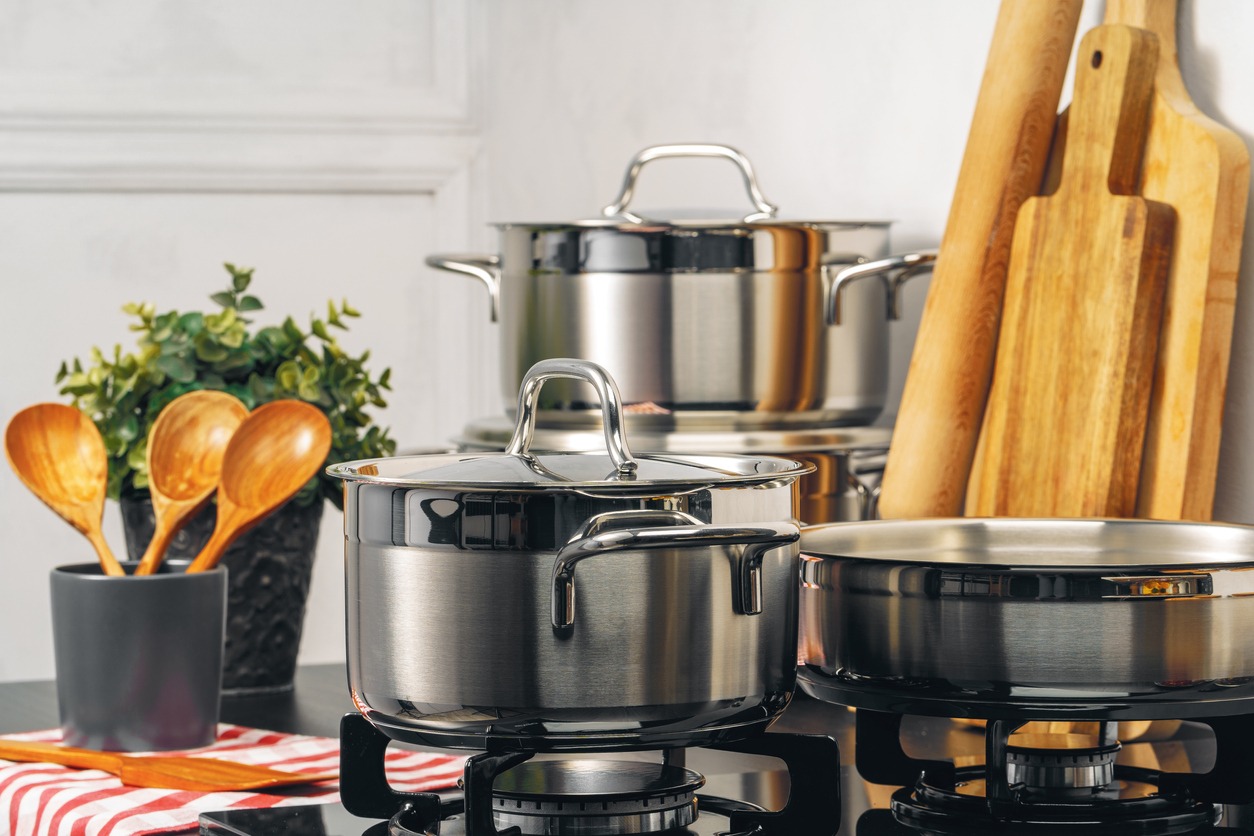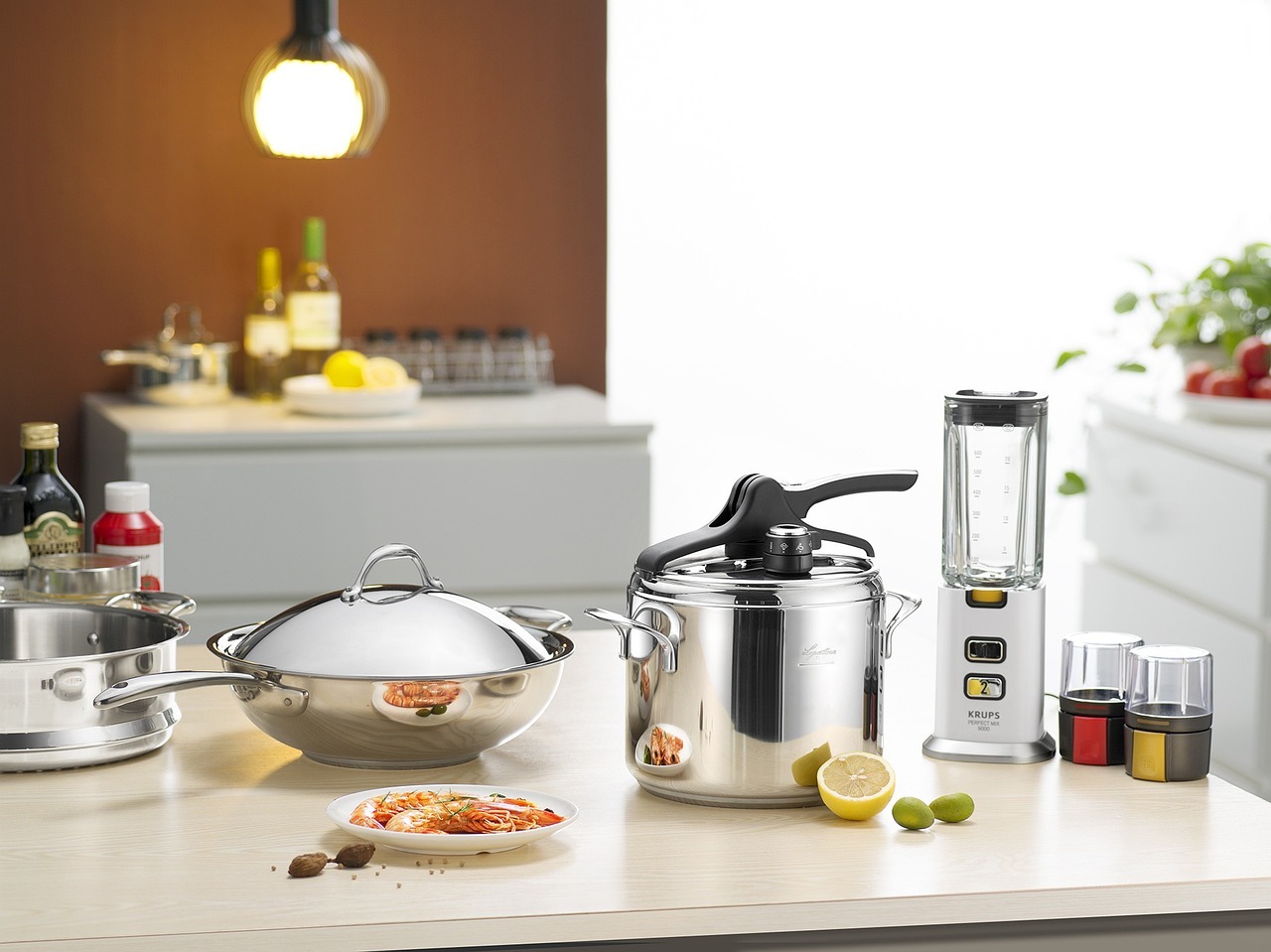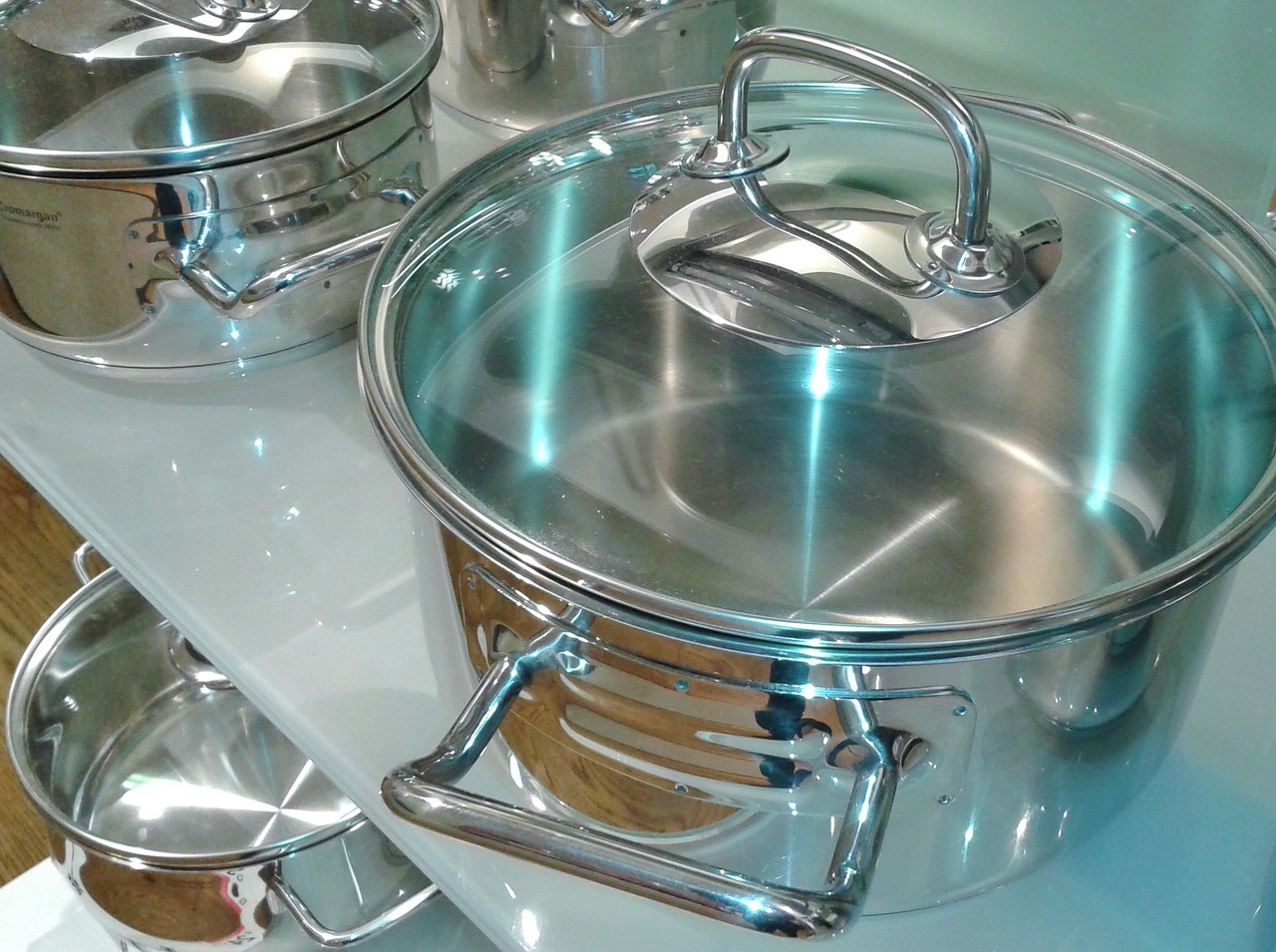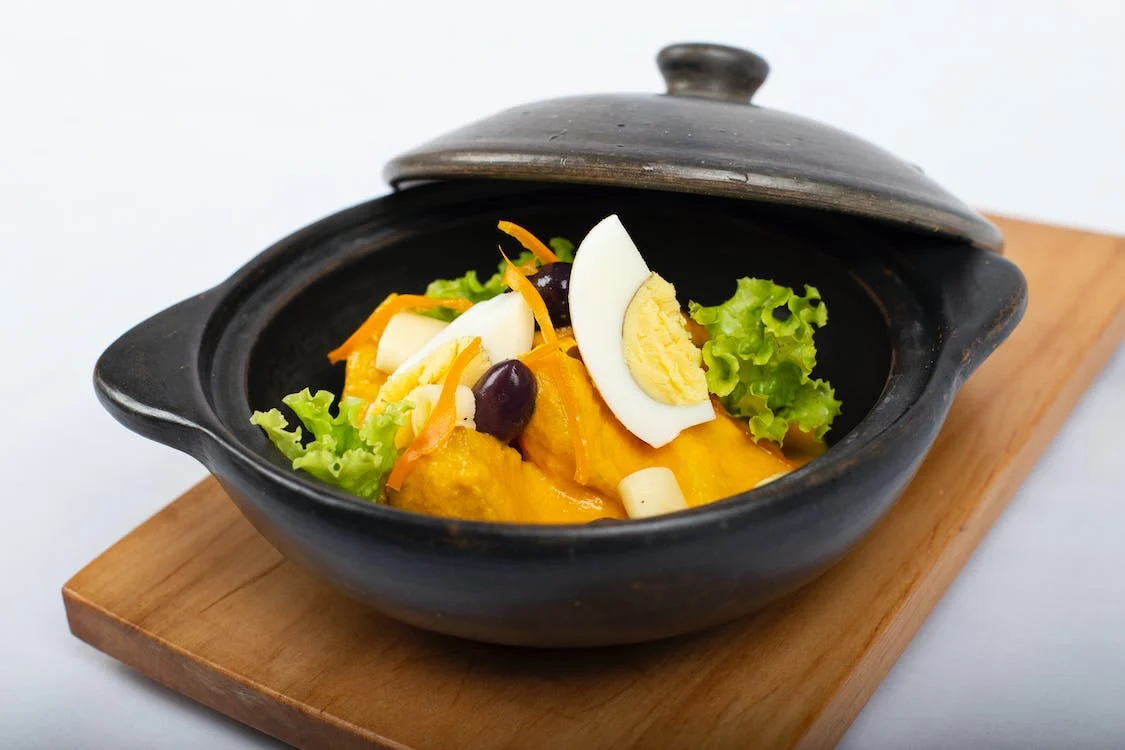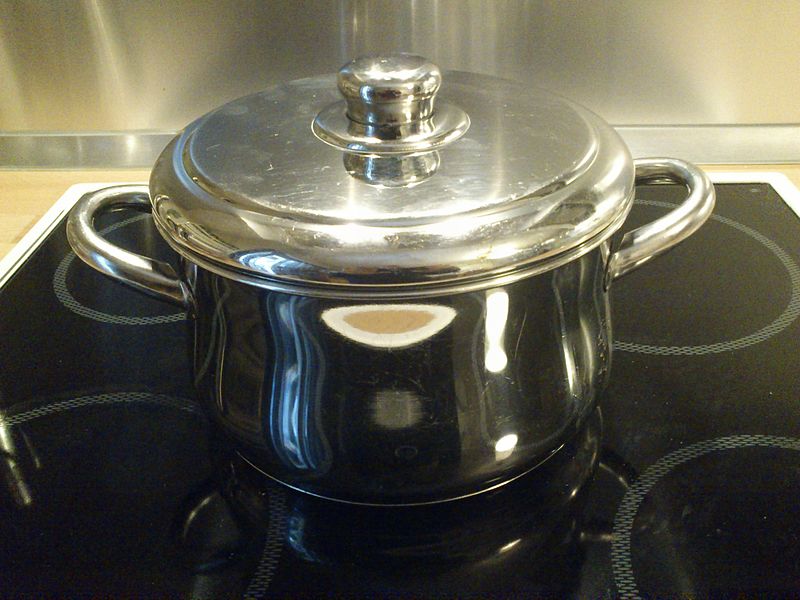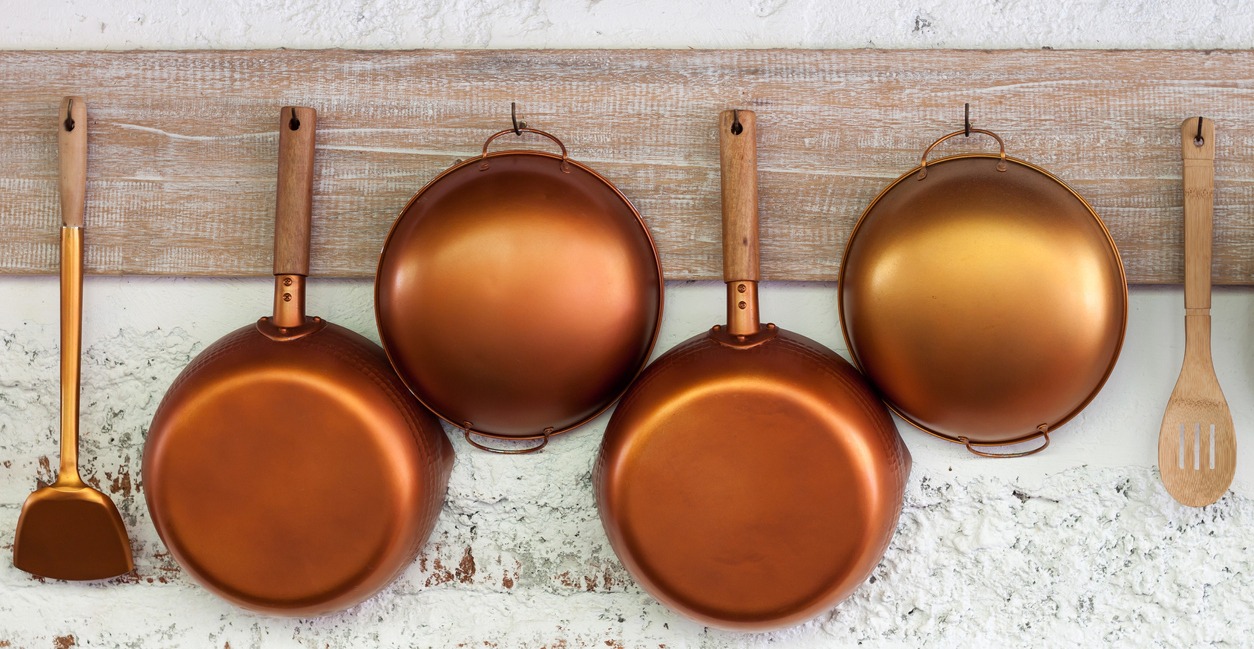Choosing and buying a cookware set for your home is not easy in today’s technology-centered high-budget market. The numerous varieties of cookware brands are growing each day. The range of cooking utensils is huge, with different materials covering stainless steel, cast iron, aluminum, and copper. All-Clad cookware range is the most confusing because it is composed of two or more metals.
What is the Key to Deciding the Right Choice of Cookware?
The answer is knowing what you need before entering the huge market. You need to have enough knowledge about kitchenware to be capable of making a wise decision.
Rather than filling your cupboards with pots and pans of all sizes and materials till their borderline, it’s recommended to own a few suitable wisely-selected pieces with enough flexibility to cook whatever is intended.
Whether you are setting your kitchen from scratch or replacing the useless item, the following information will surely lead to better choices.
What Should You Look For When Buying Cookware?
Certain attributes must be considered when selecting cookware for your kitchen. These include:
1. Heat Conductivity
Some metals tend to react to a high/low temperature upon the change in temperature (for example, copper) than others (for example, stainless steel). Therefore, the more the conductivity of your cookware, the more evenly the food will be cooked.
2. Durability
Some cookware is more resistant to deterioration and lasts longer than others. For instance, stainless steel is the most durable amongst other materials like aluminum, copper, etc.
3. Reactivity
Being a reactive utensil means the food will absorb some metal, which is not very healthy. You must be aware of the reactivity rate before purchasing a cookware set, as some metals tend to be more reactive with foods, particularly acidic food. For instance, aluminum has higher reactivity chances with tomatoes and other acid foods than the rest of metals.
4. Maintenance
If you are lazy enough to shine your pots every night to keep them good-looking, cast iron and copper appliances are not meant for you. In your case, stainless steel will be a good match because of less need for maintenance.
5. Dishwasher Safe
Pots with handles made of plastic or stainless steel are usually dishwasher safe. While the ones with wooden knobs are not.
6. Stay-Cool Knobs
Keep yourself secure from a hot touch by choosing a pan with stay-cool handles. This technology lets the knobs cool and hence makes them safe to be touched.
7. Oven-safe Pots
Pots that are all-purpose and can be used in the oven and stove-top save much time and storage. Make sure to check if the handles or knobs are safe to be used in the oven.
Which Materials are Best to Use?
There is no definite answer to this question as all the materials have unique qualities that are beneficial for different cooking techniques. Not a single material can be utilized for all kinds of cooking as they all have evident positive and negative points.
Following is a list of almost all the materials along with their pros and cons:
1. Stainless Steel
This is the most common kitchenware material found in most household items. Because of its ability to withstand deterioration, it is called “stainless” steel.
Advantages
Stainless steel is the king of all cookware items because of its several advantages. Some of which are:
- Beautiful to look at
- Easy to clean
- Dishwasher safe and doesn’t react to foods
- Durable and is greatly resistant to scratches and dents
- Relatively low-priced
Disadvantages
The only disadvantage is its poor heat conductivity. Because of this con, most stainless steel cooking utensils come with a heat conductor core made of aluminum or copper.
2. Cast Iron
Cast iron is an ideal choice because of its distinct quality of having a non-stick base, which means even a minute of cooking oil is enough to prepare your favorite food. This material assures an even distribution of heat. Even though it heats up slowly, once it gets warm, it retains heat well. To be honest, a kitchen without a cast iron skillet is not well-equipped.
If you are anemic, then a cast iron skillet is prescribed by the physician as it enhances the iron content of the food.
Advantages
- Retains heat very well
- Extremely durable
- Budget-friendly
Disadvantages
- If not seasoned well, cast iron will react with food
- Prone to rust; therefore, these come with a non-stick interior coating
- Heavier in weight than other types of cookware
- Needs high maintenance, and if kept well, these are used through generations.
Enamel cast iron pots have all the attributes of plain cast iron with some additional features, such as easy-to-clean, colorful, and non-reactive. However, the prices are a bit high, but so is the quality.
3. Aluminum
Almost 50% of all the cooking utensils produced these days are made of aluminum because of their excellent heat conductivity. Usually, the bottom layer of stainless steel cookware is coated with aluminum for better conduction. Aluminum pans are often coated with a non-stick coating to avoid burning.
Advantages
- The best conductor of heat
- Lightweight
- Easy to handle
Disadvantages
- Shows reactivity with acidic foods, sulfurous and basic cuisines
- Easily scratched and dented as it is a soft metal
4. Anodized Aluminum
Anodization is a process often used to treat aluminum. This technique involves placing an aluminum oxide layer onto the surface to make it scratch-resistant and non-reactive with foodstuff. In today’s market, anodized aluminum is vastly used to develop high-ranking fry pans and pots. Anodized aluminum skillets are distinguished by their deep grey or black color.
Advantages
- Can be utilized for all kinds of cooking
- Stick-resistant surface
- Scratch proof
Disadvantages
- Expensive
- Not dishwasher safe
5. Copper
Copper is a kitchenware material chosen by chefs only because of its excellent heat conduction. If you are new to cooking, do not buy a copper frying pan!
It is usually used as a bottom layer or a sandwich between stainless steel materials.
Advantages
- Excellent heat conduction
Disadvantages
- Regular polishing needed for maintenance
- Quite expensive, so not used by many households
Final Thoughts
While choosing new cookware, make sure that you pick the best cooking appliances according to your demands. Make the right decision depending on the time you invest in cooking, your compliance, and of course, your budget.
It all depends on your personal choice, but stainless steel is the best all-rounder in terms of lifespan, cost, and flexibility. For its only con (not enough heat conductivity), the solution is All-Clad cookware. Otherwise, you can also look for a stainless steel material coated with aluminum or copper to enhance the conductivity. The copper base is generally more costly than the aluminum base, so opt for the one according to your budget.
Take your time before making a final call on your cookware purchase. And yes, always follow the brands’ instructions when using the cookware, for which you will be awarded years of durability and a delightful cooking experience.
